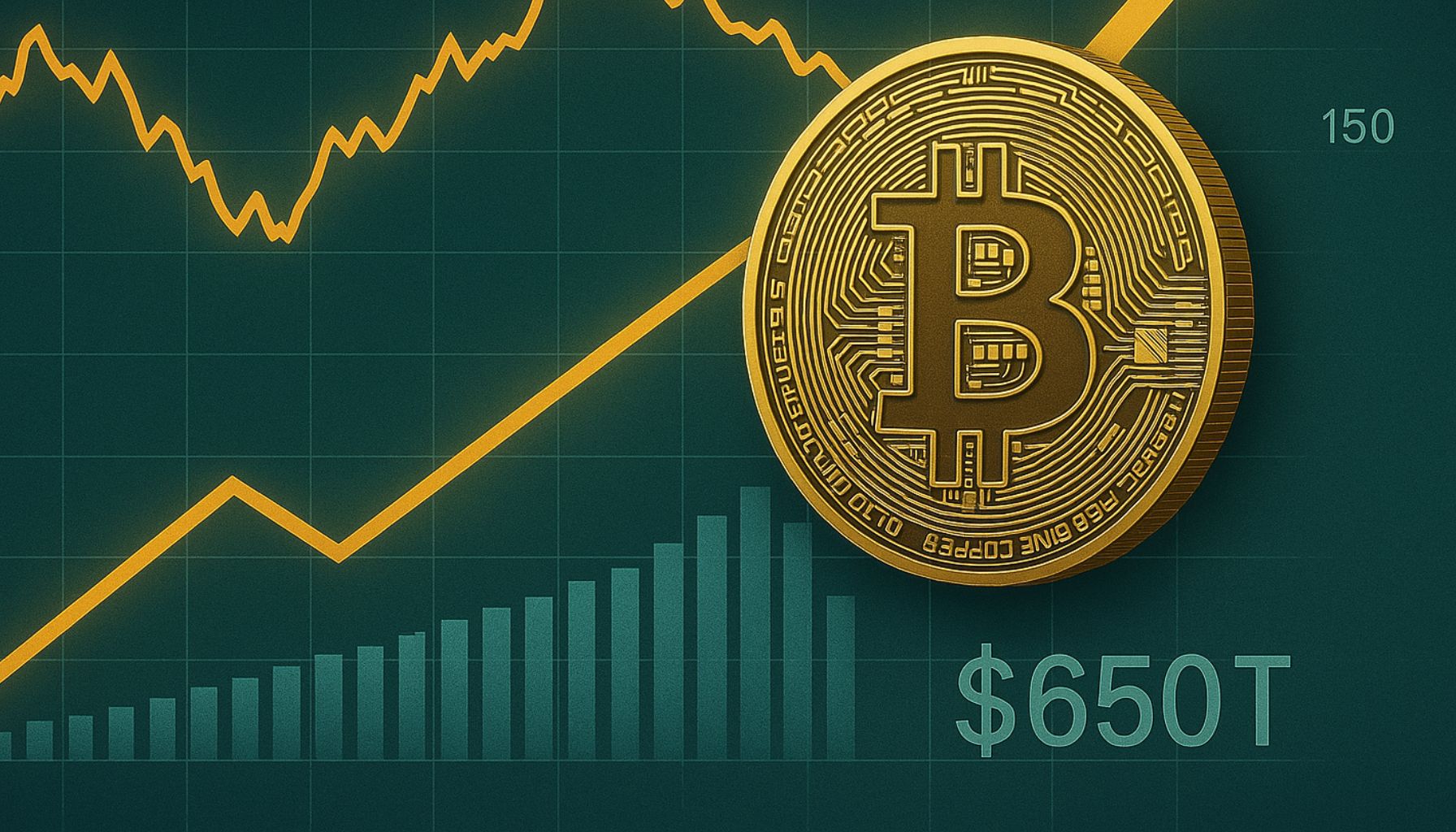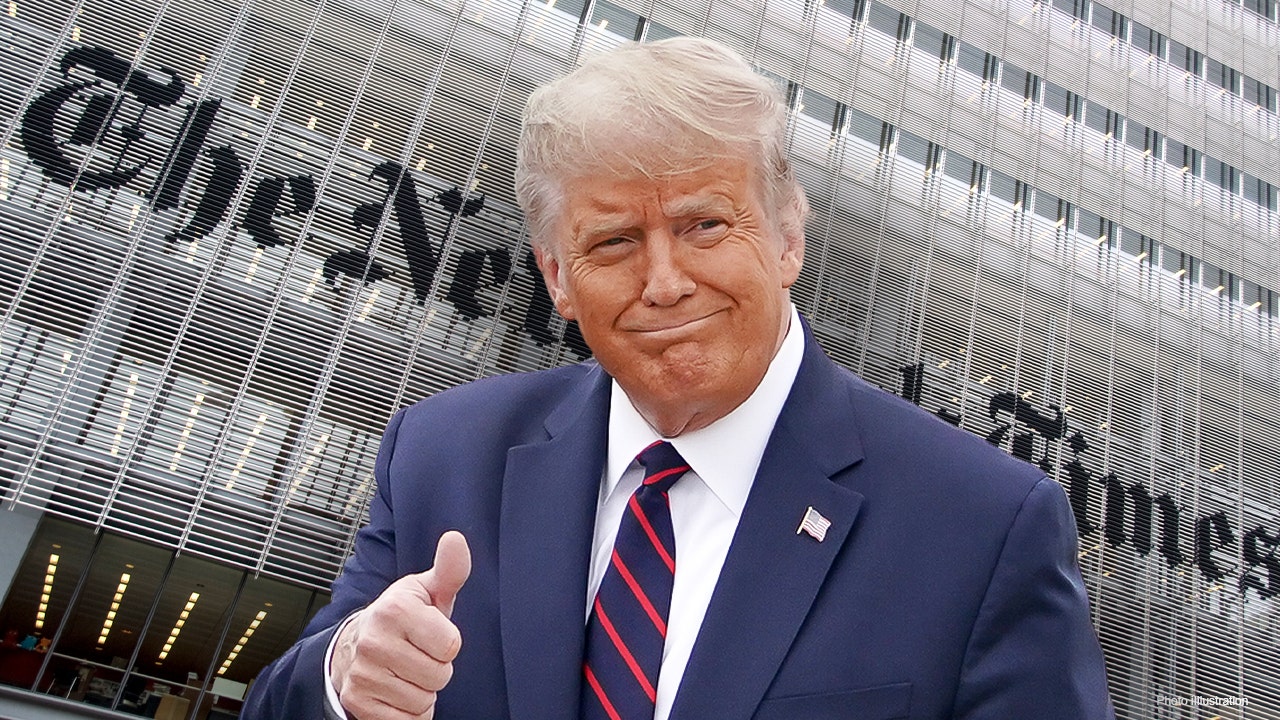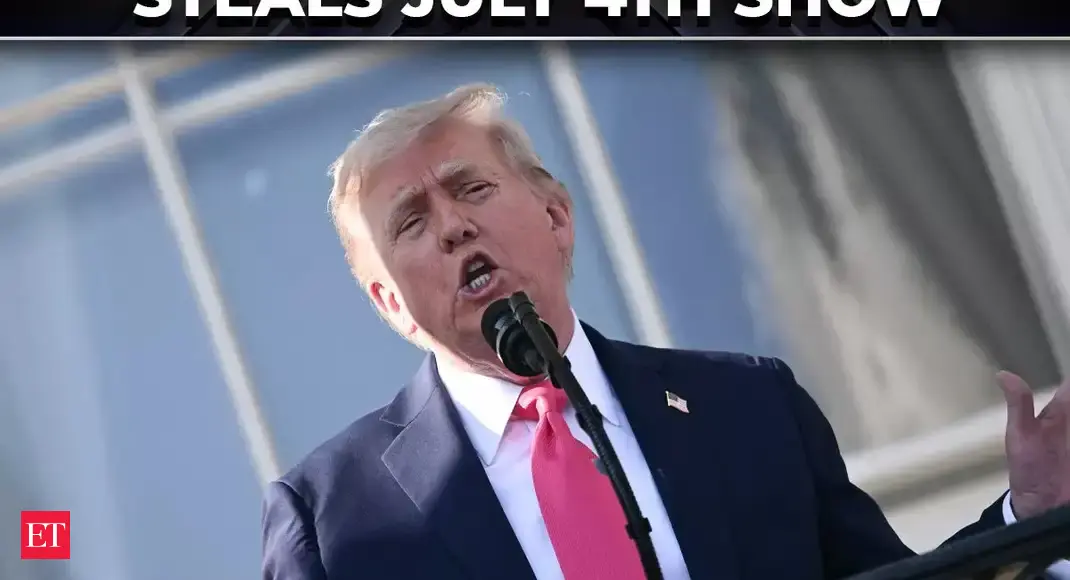What To Expect From the Stock Market in the Second Half of 2025
For investors, the first half of 2025 was a rollercoaster ride that ended happily. Market watchers think the rest of the year could look much the same.
Stocks underwent one of their worst sell-offs in decades after President Donald Trump announced his “Liberation Day” tariffs on April 2. That was followed a week later by one of their best days in decades when Trump paused those tariffs. In the end, the S&P 500 rose more than 10% over the second quarter, finishing the first half of the year at a record high.
The rebound was aided by easing economic uncertainty. A preliminary trade deal with the U.K. and de-escalation with China boosted optimism that tariff rates will ultimately settle below their "Liberation Day" levels. Despite mounting fears of a growth slowdown and resurgent inflation, data throughout the second quarter suggested the labor market was resilient and tariffs were having only a modest impact on inflation.
Taken together, investors now see reasons to hope that the Federal Reserve will resume interest rate cuts in the second half, which could further lift shares. Several banks have lifted their year-end S&P 500 targets in recent weeks, with many restoring estimates they slashed after "Liberation Day."
The path ahead for stocks could turn largely on questions about trade.
The clock is ticking for the White House to strike bilateral trade deals by July 9, when the 90-day tariff pause ends. Trump has hinted he’s open to extending the deadline, which could keep businesses and Wall Street in an uncertain position for some time.
"I expect stock markets to be noisy in the coming months, because many companies are frozen in place until they have more clarity on where global trade is headed," said Cheryl Frank, portfolio manager at Capital Group.
Still, Frank said, noise and headline-driven volatility, like April's tariff rout, can create buying opportunities.
"In periods of disruption, markets have tended to punish good companies as well as bad," she said. "A lot of companies will appear to be on sale."
Historically high valuations may keep a lid on the S&P 500's gains in the second half, according to some market watchers.
The S&P 500’s price-to-earnings ratio rebounded sharply off April’s lows and was recently near a cycle high. At the same time, earnings estimates have declined this year, though only to a degree that reflects expectations for a moderate slowdown.
“This tells me that markets are no longer priced for an adverse outcome,” wrote Jurrien Timmer, director of global macro at Fidelity’s Global Asset Allocation Division. “This matters, because the sunnier the market’s expectations, the harder it is to beat them.”
Higher valuations for stocks "will remain a psychological hurdle for some investors,” which could limit the market’s upside potential, wrote JPMorgan analysts Dubravko Lakos-Bujas and Bhupinder Singh in a recent research note.
High valuations themselves are rarely a reason stocks decline, say Lakos-Bujas and Singh; instead, they wrote, they set prices up to fall faster and further when things go awry.
If stocks slip in the coming months, it will most likely be because the economy slows, according to Lakos-Bujas and Singh. Hard data like employment and consumer spending could deteriorate as the effects of tariffs, immigration crackdowns, and federal spending cuts take their toll.
U.S. stocks have had a strong start to the year. International ones have done even better. Where's an investor to turn?
The MSCI World ex. USA Index, which tracks large and mid-cap stocks in 22 non-American developed markets, more than tripled the S&P 500’s 5.5% return through June. Yet despite their outperformance, international stocks remain inexpensive on a price-to-earnings basis compared to their U.S. counterparts.
“Attractive valuations may persuade investors to reallocate money away from the U.S. in their portfolios,” according to strategists at Charles Schwab. That could sap the U.S. market of some upside potential.
Global stocks may also be helped by recent policy changes. Trump’s insistence that allies rely less on U.S. security guarantees has led most European countries to boost defense and infrastructure spending. Japan late last year approved a 9% increase in defense spending.
“This move should spur more economic activity in those regions and potentially narrow the gap in global growth,” possibly drawing more interest from domestic and international investors, said Bernstein analysts.
The Magnificent Seven stocks had a rough start to the year.
They were first hammered by concerns about overspending on AI infrastructure and then by tariff fears. The Bloomberg Magnificent 7 Total Return Index inched up just 0.3% this year through June, while only three of the seven stocks finished the first half in the green.
However, market watchers remain bullish on Big Tech, whose healthy balance sheets and cash flows should help them weather extreme uncertainty.
“We are Overweight Tech on the back of tariff de-escalation, along with the Big Beautiful Bill’s support for investment spending and high-end consumption,” wrote JPMorgan analysts. Within Tech, the firm favors semiconductors, the Mag 7, and stocks tied to AI themes, including data center buildouts, power providers, and cybersecurity.
There’s room for retail investors to up their exposure to the Mag 7, according to Charles Schwab analysts Liz Ann Sonders and Kevin Gordon. The group’s share of retail investor inflows has declined to multi-year lows this year, according to Sonders and Gordon's assessment of data from Vanda Research.
“It doesn't suggest the mega caps are under-owned entirely," they said. "But we wouldn't be surprised to see them make an attempt at reasserting their dominance in the second half."
Do you have a news tip for Investopedia reporters? Please email us at










